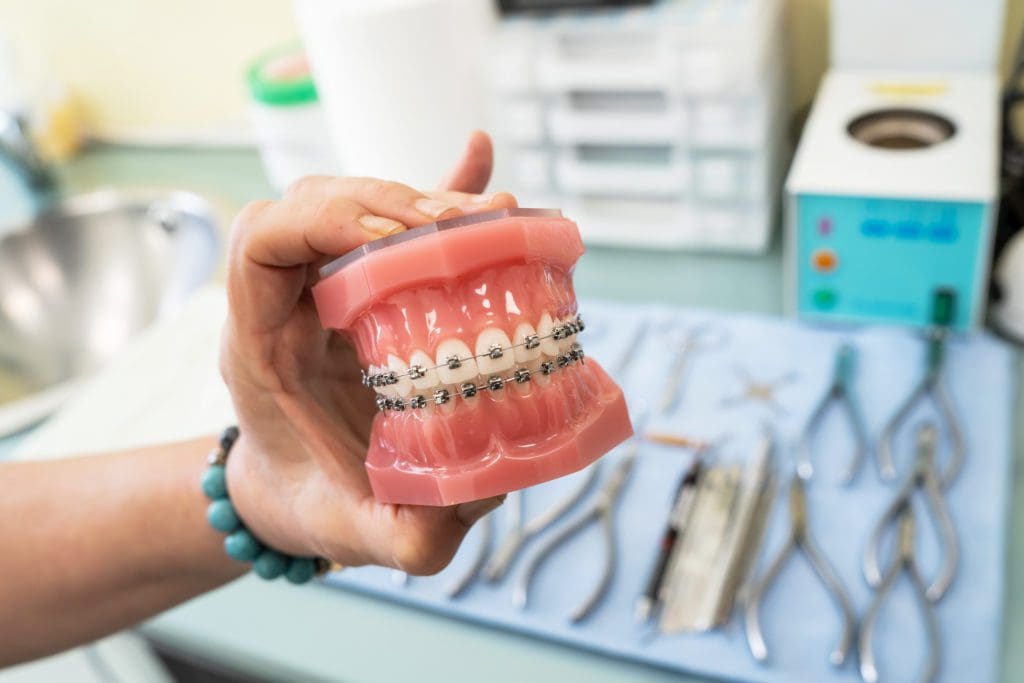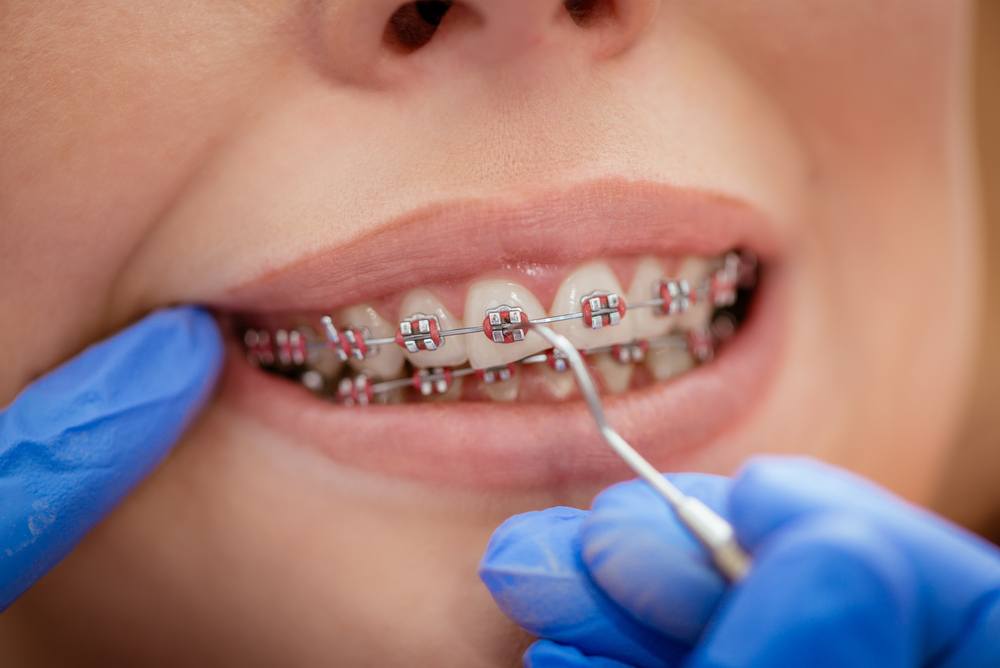How Cumming Orthodontics Addresses Common Braces and Invisalign Worries
How Cumming Orthodontics Addresses Common Braces and Invisalign Worries
Blog Article
Comprehensive Overview to Orthodontics Procedures for Remedying Oral Misalignments
Comprehending the complexities of each procedure, including their mechanisms, benefits, and possible downsides, is vital in making educated choices regarding one's orthodontic treatment. As we navigate through the extensive guide to orthodontic treatments for dealing with oral misalignments, the elaborate information of each approach will unravel, dropping light on the path toward a unified and useful oral placement.
Orthodontic Procedures Introduction

Routine changes and monitoring are vital components of orthodontic therapy to make certain progress is on track and to make any required alterations along the way. By undergoing orthodontic procedures, people can not just attain a straighter grin yet also boost their general oral health and wellness and function.
Conventional Braces: How They Work
When thinking about orthodontic treatments for oral misalignments, standard braces stand out as a reliable technique for correcting teeth placing. Conventional dental braces include brackets, cords, and bands that collaborate to apply continual pressure on the teeth, slowly relocating them right into the preferred positioning. The braces are connected to the teeth using a special adhesive, and the wires are threaded with the braces. By readjusting the tension of the wires, orthodontists can control the direction and force put on each tooth, assisting them into correct positioning over time.
As stress is used to the teeth via the dental braces, the bone bordering the teeth is improved to sustain the new tooth settings. Individuals will certainly require routine modifications at the orthodontist's workplace to guarantee the dental braces continue to apply the appropriate pressure for effective teeth movement.
Unseen Aligners: Disadvantages and pros
Unseen aligners supply a very discreet and hassle-free alternative to conventional braces for fixing oral imbalances. These clear, personalized trays are basically unseen when used, making them an appealing choice for individuals seeking a more aesthetically pleasing orthodontic therapy. Among the main advantages of invisible aligners is their removability, allowing for less complicated upkeep of oral health contrasted to standard braces. Patients can get rid of the aligners before eating or cleaning their teeth, reducing the risk of food obtaining stuck in the appliance and streamlining the cleansing procedure.

Surgical Orthodontic Options
Surgical treatments in orthodontics existing viable choices for resolving complex dental misalignments that may not be effectively fixed through conventional orthodontic treatments. While invisible aligners and typical dental braces can deal with many orthodontic issues, particular instances need surgical intervention to achieve optimal results. Surgical orthodontic options are usually recommended for severe malocclusions, significant jaw discrepancies, and instances where the underlying bone framework requires adjustment to accomplish correct placement.
One usual surgical orthodontic procedure is orthognathic surgery, which involves repositioning the jaws to fix practical problems such as difficulty chewing or talking. This surgery is frequently carried out in collaboration with an orthodontist that helps straighten the teeth before and after the procedure. Surgical orthodontics may also entail procedures to subject affected teeth, remove excess periodontal tissue, or improve the jawbone to create a much more unified facial account.
Before considering medical orthodontic options, people go through an extensive evaluation to figure out the necessity and prospective benefits of such treatments. aligners. While surgical procedure may appear difficult, it can significantly improve both the feature and aesthetic appeals of the smile in instances where conventional orthodontic therapies fall short
Retainers and Post-Treatment Care

Failure to comply with post-treatment care guidelines can result in regression, where the teeth gradually relocate back towards their initial settings. Consistent retainer wear, great dental hygiene, and routine oral check-ups are crucial for maintaining the outcomes attained through orthodontic surgical procedure and guaranteeing the long-lasting stability of the fixed oral alignment.
Conclusion
In conclusion, orthodontic procedures use different choices for dealing with dental imbalances. Conventional dental braces make use of steel brackets and cords to change teeth right into appropriate placement. Invisible aligners offer an even more very discreet choice yet may not appropriate for all situations. Surgical orthodontic options are offered for much more serious misalignments. Retainers are generally used post-treatment to keep the brand-new positioning. In general, orthodontic procedures can efficiently improve dental health and wellness and visual look.
As we navigate via the detailed overview to orthodontic treatments for fixing oral imbalances, the complex details of each method will unfold, dropping light on the course towards a unified and useful oral placement. - cumming orthodontics
One of the most typical orthodontic treatments is the usage of braces, which consist of metal brackets and cables that apply mild stress to slowly shift teeth right into the desired position.When click to read considering orthodontic therapies for dental imbalances, standard dental braces stand out as a tried and true approach for fixing teeth placing. Furthermore, undetectable aligners may not be appropriate for intricate orthodontic problems that news require even more considerable teeth motion, as they are commonly recommended for light to moderate situations. Retainers are personalized orthodontic devices created to hold teeth in their corrected settings after the conclusion of orthodontic therapy.
Report this page